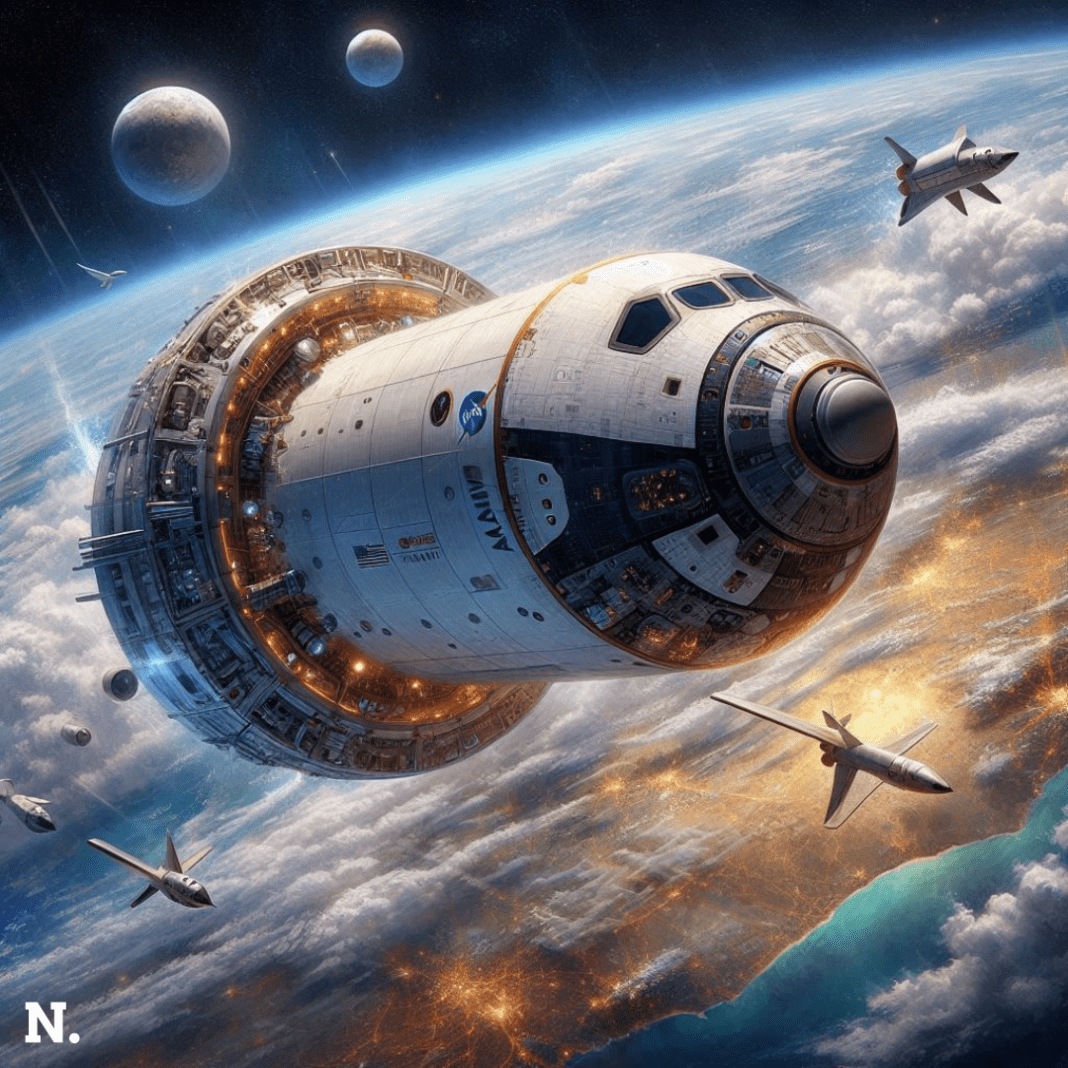NASA and Boeing launched the Starliner spacecraft on June 5 with astronauts Barry “Butch” Wilmore and Sunita “Suni” Williams aboard. Their mission was to conduct a crucial crewed test voyage to the International Space Station (ISS). Initially planned for a week, the mission has been extended indefinitely due to unexpected technical issues. This situation marks a pivotal moment in the future of American space exploration.
Mission Objectives and Challenges
The main goal of the Boeing Starliner mission is to test it with astronauts and fly to the ISS. This test helps check if the spacecraft works well and is safe in space. If NASA says it’s good, then Starliner can start taking astronauts to space regularly. This makes America better at sending people into space.
Technical Issues and Extensions
Right after it launched, NASA and Boeing’s Starliner ran into some big problems. There were leaks with helium and issues with the thrusters that help steer the spacecraft in space. But the astronauts “Butch” and “Suni” were safe because they had plans in place to bring them back in an emergency. The mission might go on for 45 more days than planned because the batteries are doing better than expected, doubling the time they thought it would last. They’re talking about making it last up to 90 days.
While all this was happening, there was a scary moment when pieces from an old Russian satellite almost hit the ISS. The Starliner crew took steps to stay safe. This shows how important it is to have good safety rules and a spacecraft that can handle surprises in space. Even with these challenges, staying up longer lets them collect more data and make their technology better for future space trips. NASA and Boeing are really serious about making space travel safer and learning more about exploring space.
Engineering Challenges and Safety Measures
NASA and Boeing engineers have been conducting rigorous tests and analyses. These tests are conducted to diagnose and rectify the technical anomalies affecting Starliner’s mission. At NASA’s White Sands facility, efforts are focused on replicating space conditions to simulate and understand the thruster malfunctions. This comprehensive approach aims not only to resolve current issues. But also to gather critical data for improving future spacecraft designs and operational protocols.
Amid these technical challenges, another unexpected test of readiness occurred. A decommissioned Russian satellite broke apart, sending fragments of debris hurtling towards the ISS. This event prompted immediate precautionary measures aboard the Starliner spacecraft. Fortunately, the debris passed without incident, allowing the mission to continue safely. In response, Wilmore and Williams took shelter inside Starliner, prepared to detach from the ISS if necessary. Fortunately, the debris passed without incident, allowing the astronauts to resume their activities after a brief interruption.
Implications and Future Prospects
The extended duration of Sunita Williams’s stay in space underscores the complexities and risks inherent in space missions. While the focus remains on safely returning the crew to Earth, the ongoing mission continues to yield invaluable data. This data will inform and enhance future space missions. NASA and Boeing’s collaboration and resilience in addressing these challenges are crucial for the success of the current mission. As well as to the advancement of the Starliner program.
The resolution of technical challenges in the Starliner mission will ensure the safety of astronauts. It will also contribute to the development of robust systems for future space exploration endeavors. This commitment underscores NASA’s dedication to expanding scientific knowledge. It also highlights their determination to explore the vast reaches of space and push the boundaries of human spaceflight.
While setbacks are inevitable in space exploration, NASA and Boeing’s handling of the Starliner mission showcases resilience and innovation. Their efforts exemplify the capability to overcome challenges in this frontier. Ongoing initiatives to address technical issues and expand mission capabilities highlight a strong commitment to advancing human spaceflight. These endeavors pave the way for future missions to the ISS and beyond, pushing the boundaries of exploration further.





